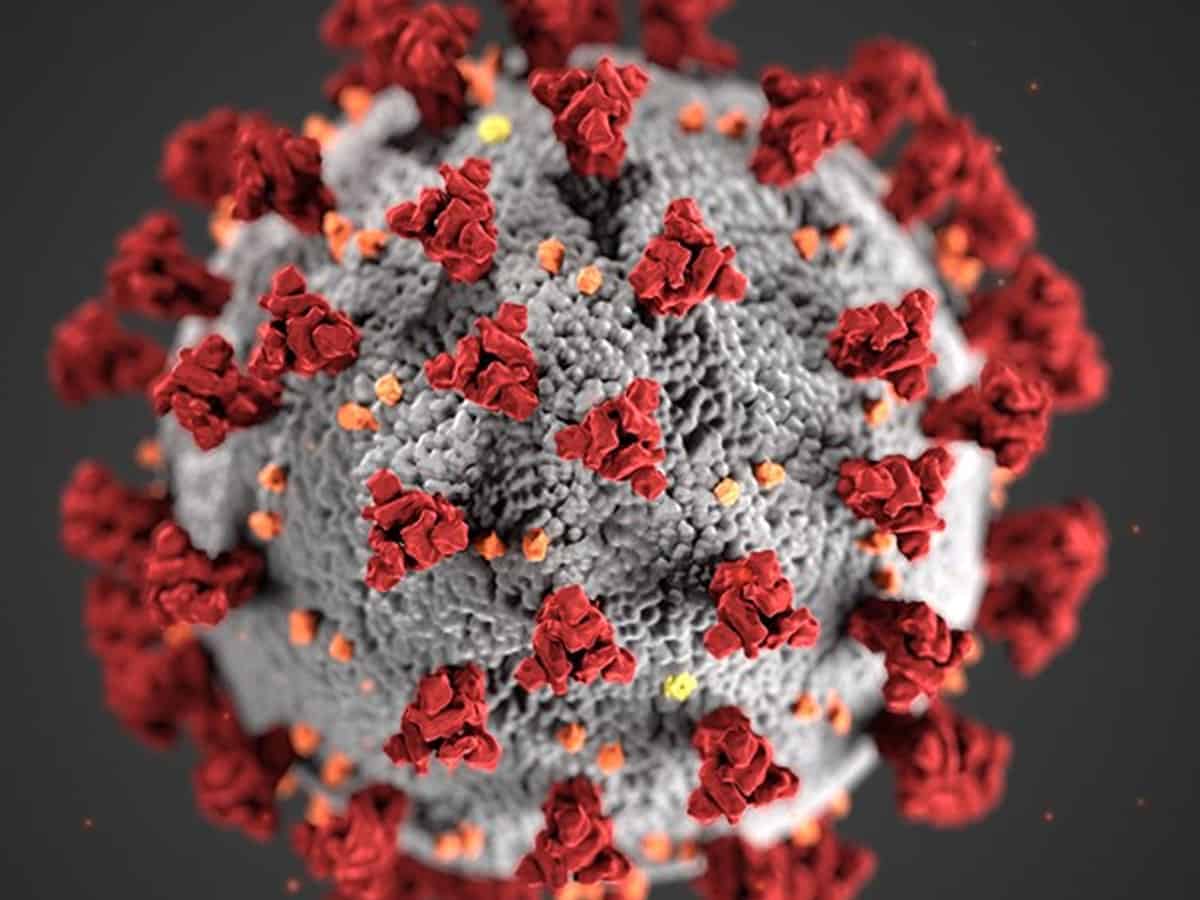London: Population-wide use of face masks combined with lockdowns could prevent further waves of the novel coronavirus that causes COVID-19, according to a modelling study.
The findings, published in the journal Proceedings of the Royal Society A, suggest that lockdowns alone will not stop the resurgence of SARS-CoV-2.
The study also shows that even homemade masks with limited effectiveness can dramatically reduce transmission rates if worn by enough people, regardless of whether they show symptoms.
“Our analyses support the immediate and universal adoption of face masks by the public,” said lead author Richard Stuttfrom from the University of Cambridge in the UK.
“If widespread face mask use by the public is combined with physical distancing and some lockdown, it may offer an acceptable way of managing the pandemic and re-opening economic activity long before there is a working vaccine,” Stuttfrom said.
The researchers worked to link the dynamics of virus spread between individuals with population-level models, to assess different scenarios of facemask adoption combined with periods of lockdown.
The reproduction or ‘R’ number — the number of people an infected individual passes the virus onto — needs to stay below 1.0 for the pandemic to slow, they said.
The study found that if people wear masks whenever they are in public it is twice as effective at reducing ‘R’ than if masks are only worn after symptoms appear.
In all modelling scenarios, routine face mask use by 50 per cent or more of the population reduced COVID-19 spread to an R less than 1.0, flattening future disease waves and allowing less-stringent lockdowns, the researchers said.
Viral spread reduced further as more people adopted masks when in public, they said.
Hundred per cent mask adoption combined with on/off lockdowns prevented any further disease resurgence for the 18 months required for a possible vaccine, according to the study.
The models suggest that a policy of total face mask adoption can still prevent a second wave even if it isn’t instigated until 120 days after an epidemic begins, the researchers said.

